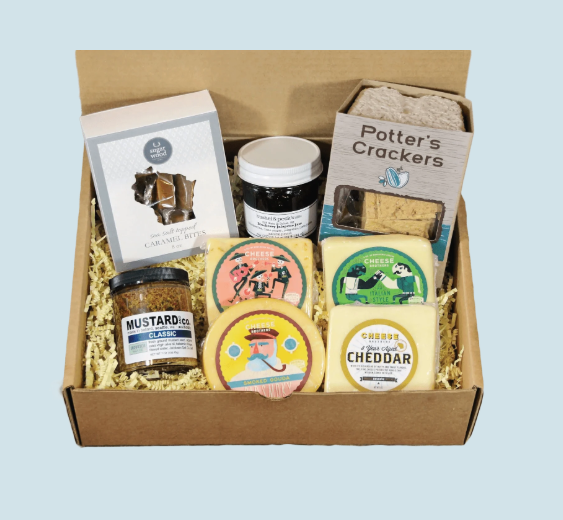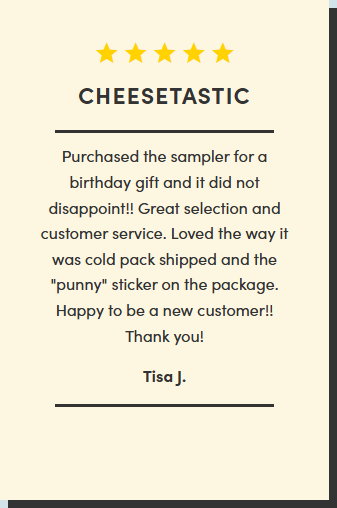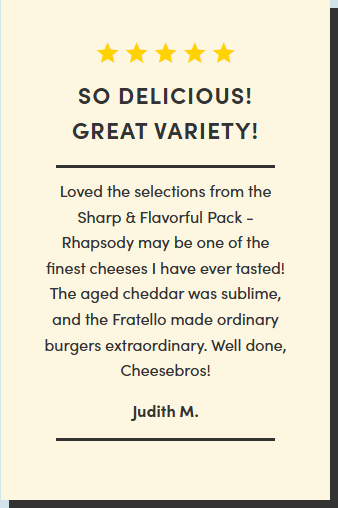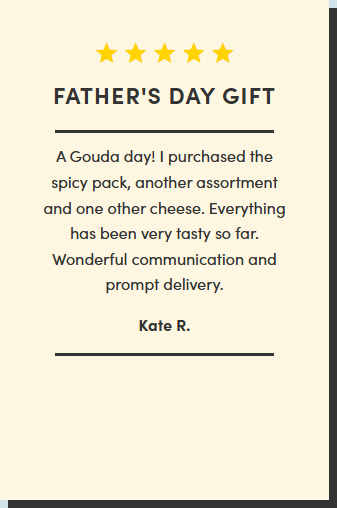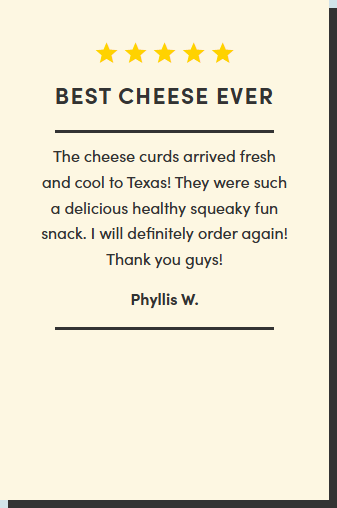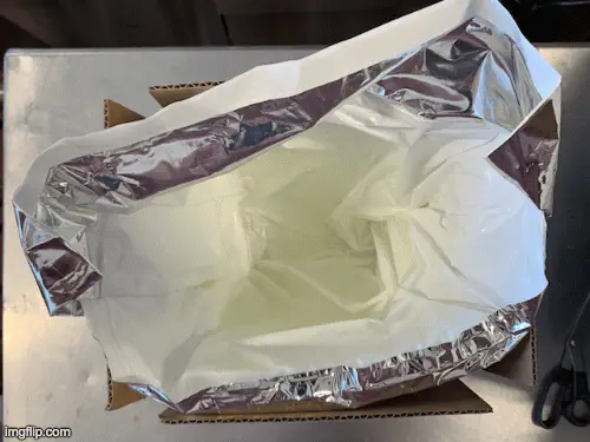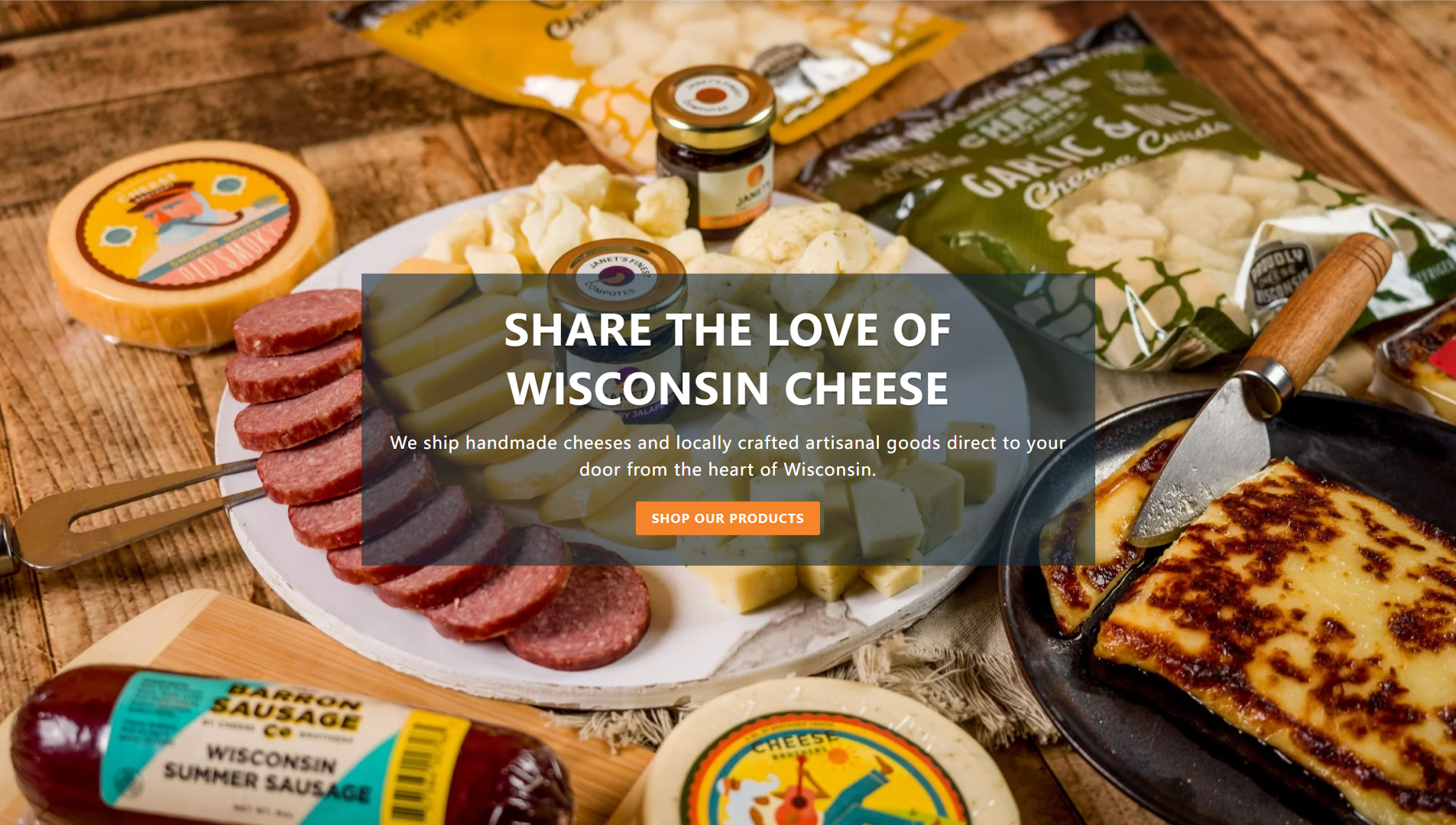Welcome! The blog posts displayed on this website are based on personal experience. Please note that we are an informational website that provides detailed information about similar products. We are not affiliated with or sponsored by cheesabros
Disclaimer: Our work is based on personal experience with the products and blog content. Not official cheesabros merchandise.
Discover the Richness of Spanish Cheese: A Journey Through Flavors and Traditions
There is something inherently magical about the way a well-crafted cheese can tell a story—of land, of tradition, of the hands that shaped it. In Spain, this story is written across rolling hills, sun-dappled pastures, and centuries-old recipes passed down through generations. The country’s cheese-making heritage is as diverse as its regions, each bite offering a glimpse into the unique terroir, climate, and culture that define it. From the rugged mountains of the Pyrenees to the sun-baked plains of La Mancha, Spanish cheeses are a celebration of diversity, craftsmanship, and the simple joy of savoring something made with care.
To truly appreciate Spanish cheese, one must start with its roots. Cheese-making in Spain dates back thousands of years, with evidence of early practices found in archaeological sites dating to the Bronze Age. These early cheeses were likely simple, made from the milk of sheep and goats that roamed the countryside, and served as a practical way to preserve milk in a time before refrigeration. Over time, as trade routes expanded and cultures collided—from the Romans to the Moors—new techniques, ingredients, and flavors were integrated, refining and expanding the country’s cheese repertoire. By the Middle Ages, monasteries had become centers of cheese production, with monks perfecting recipes that would go on to define regional specialties. Today, these traditions live on, blending with modern innovations to create cheeses that honor the past while embracing the present.
What makes Spanish cheese so distinctive is its reliance on local ingredients and time-honored methods. Unlike mass-produced cheeses that prioritize consistency above all, Spanish cheeses often bear the mark of their origin. The milk, for instance, is typically sourced from animals raised on regional grasses, herbs, and flowers, which infuse the cheese with unique flavors. Sheep’s milk, in particular, plays a starring role in many iconic Spanish cheeses. Sheep have been a staple of Spanish agriculture for millennia, thriving in the arid landscapes where other livestock struggle. Their milk is rich in fat and protein, yielding cheeses with a depth and complexity that is hard to replicate. Goat’s milk, too, is widely used, especially in northern regions, where the cooler climate suits these hardy animals, resulting in cheeses that are bright, tangy, and refreshing. Cow’s milk cheeses, while less dominant, have their place as well, often found in areas with lush pastures, offering creamy, buttery profiles that balance out the more intense flavors of their sheep and goat counterparts.
One of the most striking aspects of Spanish cheese is its range of textures and flavors, which can vary dramatically from one region to the next. Take, for example, the cheeses of La Mancha, a vast plateau in central Spain known for its arid climate and wind-swept plains. Here, the dominant cheese is a sheep’s milk variety aged for months, even years, in stone cellars. The result is a cheese with a firm, crumbly texture and a flavor profile that evolves from mild and nutty in its youth to deep, caramelized, and slightly piquant as it matures. It’s a cheese that stands up to bold flavors, making it a perfect companion to cured meats, crusty bread, and a glass of robust red wine.
Travel north to the Basque Country, and the cheese landscape shifts entirely. Here, in the lush, green valleys nestled between the Pyrenees and the Bay of Biscay, cheeses tend to be softer, creamier, and more delicate. Many are made from cow’s milk, with a velvety texture that melts on the tongue, releasing notes of grass and fresh butter. Some are even washed in local cider or wine during the aging process, imbuing them with a subtle fruity tang that lingers pleasantly. These cheeses are often enjoyed on their own, perhaps with a slice of crusty baguette or a drizzle of wildflower honey, allowing their subtle flavors to shine.
In the coastal regions of Catalonia, cheese takes on yet another character. Influenced by the Mediterranean climate and proximity to France, Catalan cheeses often blend tradition with a touch of innovation. Goat’s milk is prevalent here, used to make cheeses that range from soft and spreadable, with a bright, lemony zing, to semi-hard varieties with a slightly earthy undertone. Many are aged in caves along the coast, where the salty sea air and cool, humid conditions contribute to their unique flavor. These cheeses pair beautifully with the region’s sparkling cava, their brightness cutting through the wine’s effervescence to create a harmonious balance.
No exploration of Spanish cheese would be complete without mentioning the role it plays in the country’s culinary culture. In Spain, cheese is not just a food—it’s a social lubricant, a centerpiece of gatherings, and a symbol of hospitality. Whether served as part of a tapas spread, alongside fresh fruit and nuts at a family meal, or melted into a rich sauce for a hearty stew, cheese is a constant presence on Spanish tables.
Tapas, in particular, offer endless opportunities to enjoy Spanish cheese. A typical tapas bar might feature a platter of assorted cheeses, each paired with complementary ingredients: a sharp, aged sheep’s milk cheese alongside sweet membrillo (quince paste), a creamy goat’s cheese spread on toasted bread with a sprinkle of smoked paprika, or a soft cow’s milk cheese melted over roasted peppers. These small, shareable dishes encourage conversation and connection, turning a simple meal into a leisurely experience.
Cheese also plays a starring role in Spanish festivals and celebrations. During Christmas, it’s common to find elaborate cheese platters alongside cured hams, marzipan, and sweet wines, as families gather to celebrate. In the summer, when the weather is warm, cheeses are often enjoyed outdoors, paired with fresh tomatoes, basil, and crusty bread—a nod to the country’s love of simple, high-quality ingredients. Even in everyday life, a wedge of cheese is a staple in Spanish pantries, used to add depth to soups, enhance omelets, or simply enjoyed as a quick snack with a piece of fruit.
For those looking to bring a taste of Spain into their own kitchens, selecting and storing Spanish cheese requires a bit of care, but the effort is well worth it. When choosing cheese, look for those labeled with their region of origin—a sign that they adhere to traditional production methods and use local ingredients. The texture should be consistent, with no cracks or excessive moisture, and the aroma should be inviting, with no off-putting smells. Soft cheeses, like those from the Basque Country, are best enjoyed within a few days of purchase, while harder, aged varieties can keep for weeks, even months, if stored properly.
Storing cheese correctly is key to preserving its flavor and texture. Most cheeses thrive in a cool, humid environment—ideally between 45 and 55 degrees Fahrenheit, with a humidity level of 70 to 80 percent. A cheese cave or a dedicated drawer in the refrigerator, lined with a damp cloth, can mimic these conditions. It’s important to wrap cheese loosely in parchment paper or cheesecloth rather than plastic wrap, which can trap moisture and cause the cheese to spoil. Hard cheeses can be wrapped in wax paper to allow them to “breathe,” while soft cheeses should be kept in their original packaging or a covered container to prevent them from drying out.
In the kitchen, Spanish cheeses are incredibly versatile, adding depth and complexity to a wide range of dishes. A grating of aged sheep’s milk cheese can elevate a simple pasta dish, while a creamy goat’s cheese can add richness to a salad of roasted beets and arugula. Melted cow’s milk cheese makes a decadent topping for baked potatoes or grilled vegetables, and soft, spreadable cheeses are perfect for stuffing mushrooms or spreading on crostini. For a truly authentic Spanish experience, try incorporating cheese into a traditional recipe, such as a tortilla española (Spanish omelet) with chunks of semi-hard cheese, or a hearty bean stew finished with a sprinkle of grated aged cheese.
Wine pairing is another art that enhances the enjoyment of Spanish cheese. The key is to balance the cheese’s intensity with the wine’s flavor profile. Bold, aged sheep’s milk cheeses pair beautifully with robust red wines, such as those from Rioja or Ribera del Duero, their tannins cutting through the cheese’s richness. Soft, creamy cheeses, on the other hand, are complemented by lighter whites or sparkling wines—try a crisp Albariño or a bubbly cava to highlight their freshness. Goat’s milk cheeses, with their bright, tangy flavors, work well with fruity rosés or light reds, creating a refreshing contrast that delights the palate.
Beyond the plate, Spanish cheese is a testament to the country’s commitment to sustainability and tradition. Many cheese-makers today are small, family-owned operations that prioritize organic farming practices and animal welfare, ensuring that their cheeses are not only delicious but also environmentally responsible. By supporting these producers, consumers are not just enjoying a but also preserving a way of life that has been passed down for generations.
In a world where mass-produced foods often dominate, Spanish cheese stands out as a reminder of the value of craftsmanship, tradition, and connection to place. Each bite is a journey—through sunlit pastures, ancient cellars, and the hands of artisans who pour their passion into every wheel. Whether enjoyed as part of a festive gathering, a quiet evening at home, or a casual tapas crawl, Spanish cheese has a way of bringing people together, fostering joy, and creating memories that linger long after the last crumb is eaten.
So the next time you have the opportunity to explore a selection of Spanish cheeses, take a moment to savor them—to notice the nuances of flavor, the texture that changes as it warms on your tongue, and the stories they tell. You’ll find that they are more than just food; they are a celebration of Spain itself—vibrant, diverse, and full of life.
